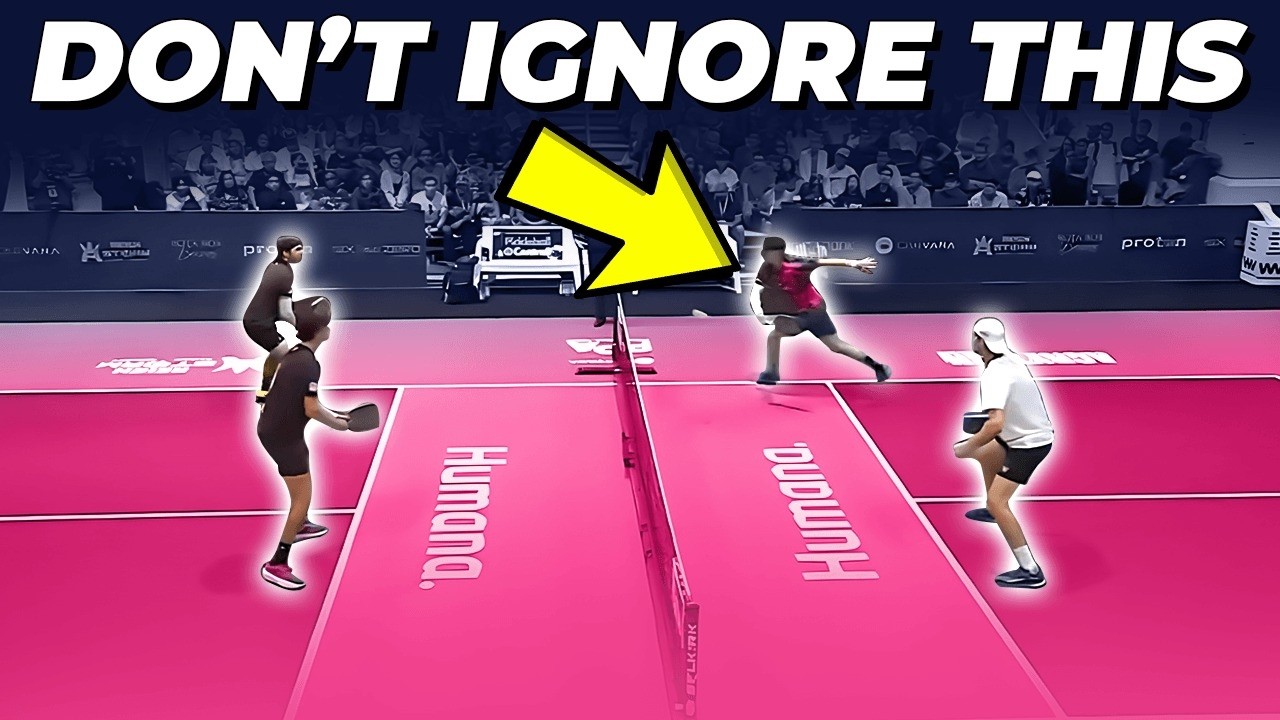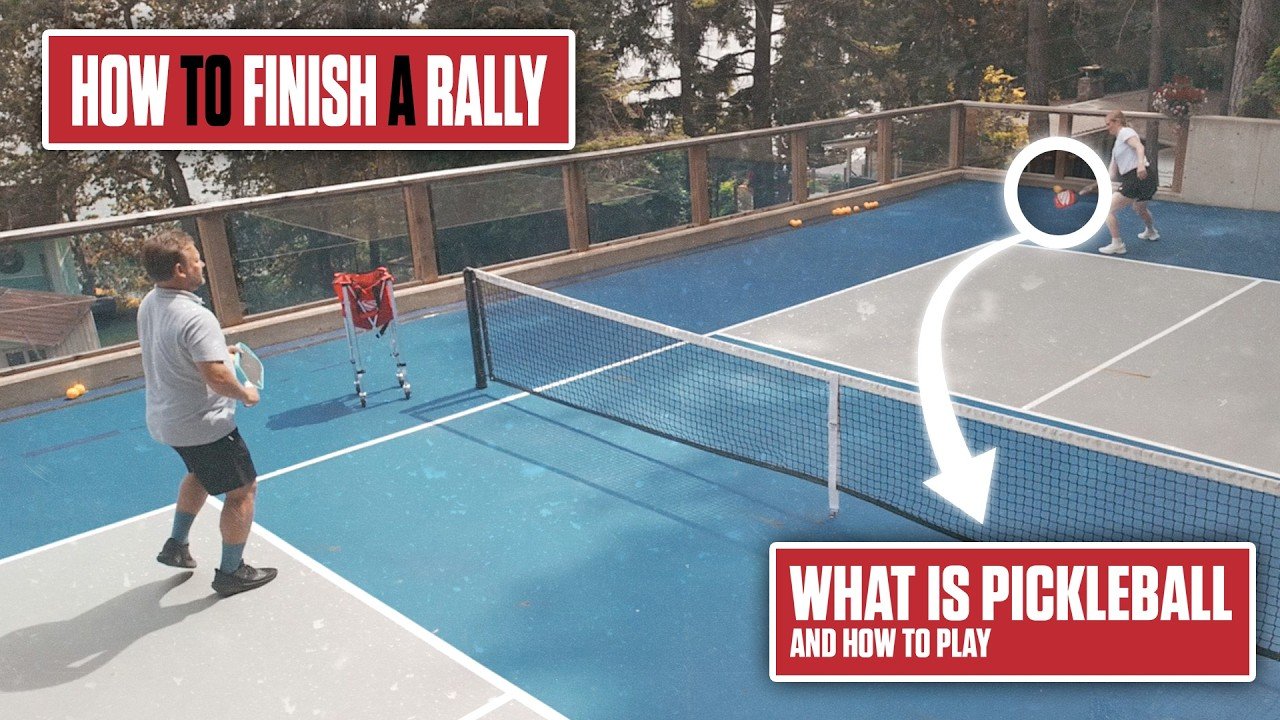The best players aren’t just steady. They’re hunters. They recognize when the moment arrives to put the ball away, and they know exactly how to do it.
Every rally in pickleball has a destination, and that destination is winning the point. Sure, there’s something satisfying about grinding out a long exchange, keeping the ball low and steady, outlasting your opponent through sheer consistency.
But the best players aren’t just steady. They’re hunters. They recognize when the moment arrives to put the ball away, and they know exactly how to do it.
Selkirk TV, the instructional arm of one of pickleball’s biggest equipment brands, just dropped a video that breaks down the exact mechanics of finishing rallies.
And honestly, if you’re leaving points on the table because you’re not capitalizing on opportunities (and who isn’t?), this is required viewing.
The High Ball: Your Easiest Path to Victory
Let’s start with the most straightforward finishing opportunity: the high ball. When your opponent hits the ball above net height, something magical happens. You suddenly have the ability to hit down on it. And when you can hit down, you can hit hard while still keeping the ball in play. That’s the whole equation right there.
The key is actively hunting for these high balls rather than passively waiting for them to appear. When you see that ball floating above the net, you need to get on top of it and strike with authority.
This isn’t complicated, but it requires a mindset shift. Instead of thinking defensively (just getting the ball back), you’re thinking offensively. You’re scanning the court for that split second when your opponent’s shot climbs too high. Then you pounce. It’s the difference between playing pickleball and playing to win at pickleball.
Heads up: hundreds of thousands of pickleballers read our free newsletter. Subscribe here for cutting edge strategy, insider news, pro analysis, the latest product innovations and more.
Three Pro Pickleball Patterns That Will Finally Get You Past 4.0
Teamwork and tactical awareness is what separates recreational players from those competing at higher levels. It’s the difference between hoping for a good shot and systematically creating opportunities for them.

The Speed-Up: Disrupting the Rhythm
Imagine you’re in a rally, keeping everything nice and low and slow. Your opponent is settling into a rhythm, expecting you to continue this pattern of soft, controlled shots. They’re mentally prepared for another dink. They’re not ready for what’s coming.
Then you speed it up.
By surprising your opponent with a sudden acceleration, hitting a fast ball when they’ve been conditioned to expect a slow one, you create chaos.
You’re not just hitting harder; you’re breaking the psychological contract of the rally. This element of surprise is crucial. Your opponent’s brain is already committed to one type of shot, and now you’re forcing them to react to something completely different.
“If I can surprise her by speeding it up at the last second, by making her think that I’m going to play a slow ball and instead hitting it fast, I can finish the point that way, too,” the instructor explains.
This technique works because it either wins the point outright or creates a weak return that you can attack on the next shot. Either way, you’re in control.
The Drop Shot: When Your Opponents Are Out of Position
Now for the third finishing technique: the drop shot when your opponents are deep in the court. This one’s almost sneaky in its simplicity. When you’re up near the net and your opponents have retreated to the baseline, they’re probably expecting you to send a deep ball to them. It’s the logical play. But logic isn’t always the winning play.
Master the Two-Handed Backhand Dink: A 10-Minute Lesson from a Pro
Topspin is taking over pickleball. If you’re still relying solely on slice dinks, you’re playing too much defense. And nobody wins tournaments by playing defense.

Instead, you hit a short ball that lands near the net. Suddenly, your opponents have to sprint forward. If they weren’t ready for that movement, you win the point immediately. Even if they manage to reach it, they’re likely to struggle because they’re off-balance and rushing.
This is about exploiting positioning and understanding the geometry of the game. It’s not about hitting harder or being more athletic.
The Bigger Picture: Patience Meets Aggression
What ties these three techniques together is a principle that separates good players from great ones: knowing when to be patient and when to be aggressive.
You can’t finish every rally with a winner. Sometimes you need to set up the opportunity first. But when that opportunity arrives, when the ball floats high, when your opponent is out of position, when you can disrupt their rhythm, you have to be ready to capitalize.
The reality is that rallies don’t win themselves. Points are won by players who recognize opportunities and execute when it matters. Whether it’s hunting high balls, disrupting rhythm with speed, or exploiting positioning with drop shots, the best finishers in pickleball share one trait: they’re always looking for the moment to strike.
